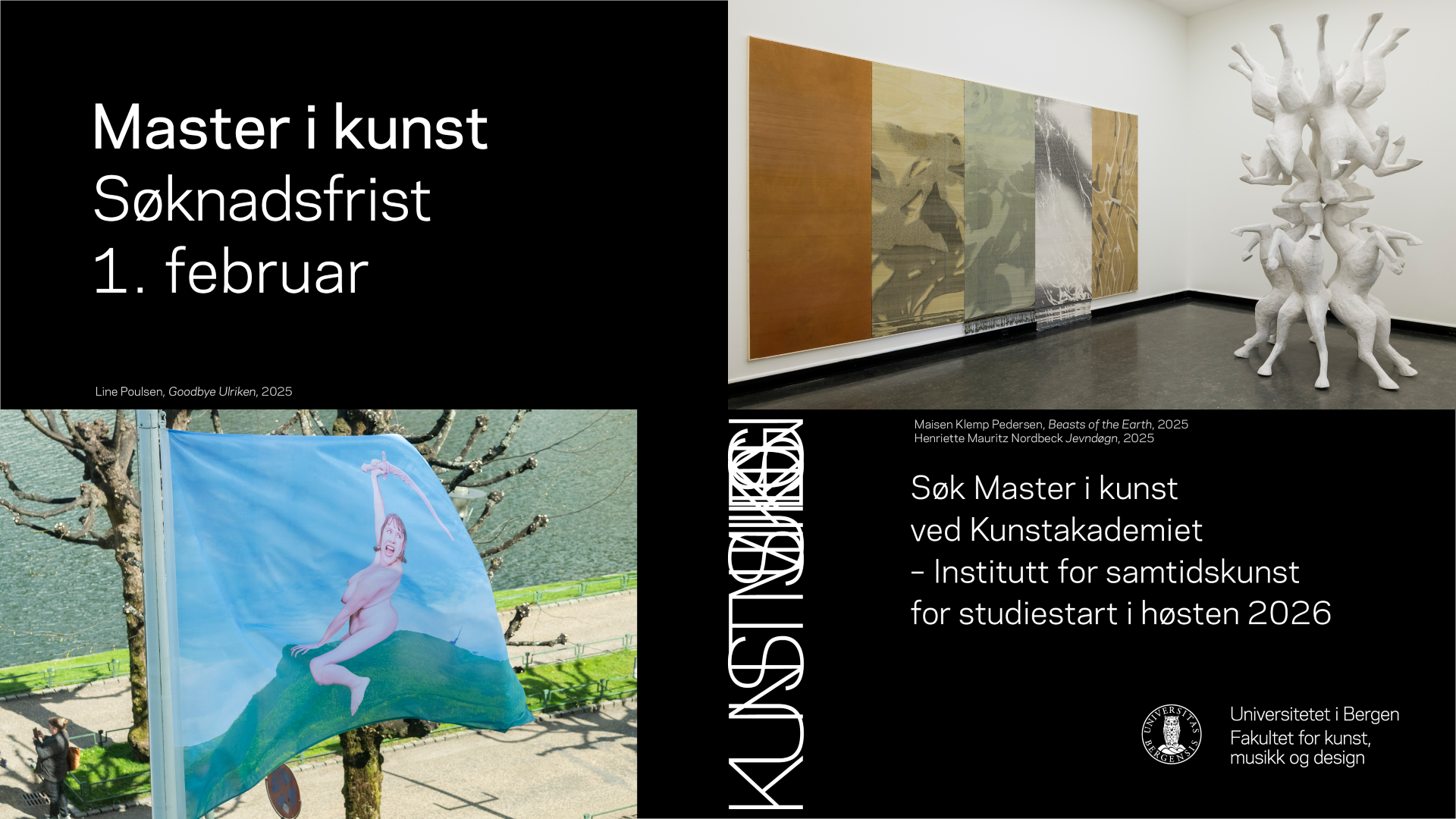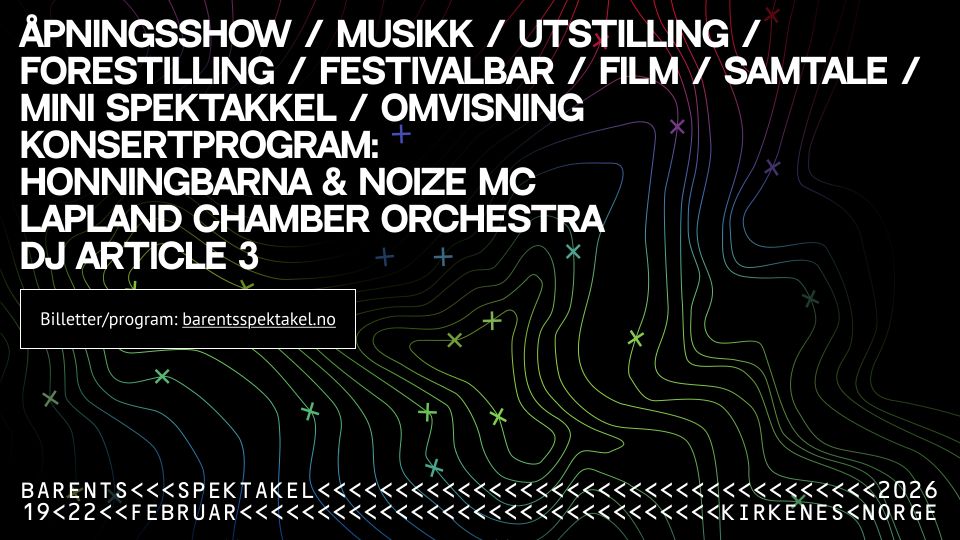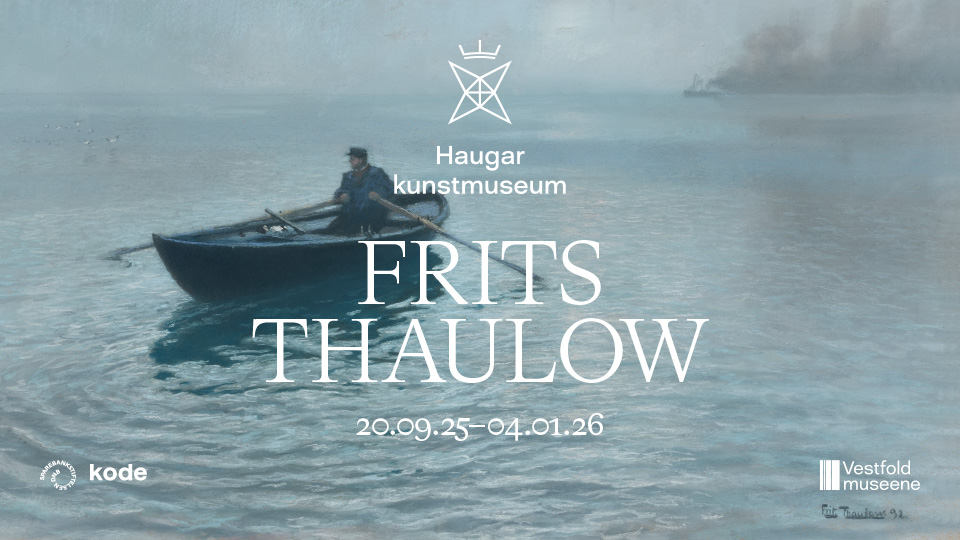
«Den politiske populisme er ikke blot stadigt tiltagende, men har de seneste år i stigende grad gjort brug af populærkultur og kunstens metoder og æstetik.» – står der at læse på Kunsthalle Wiens hjemmeside i anledning af udstillingen Political Populism, der åbner i morgen.
Det synes unægteligt relevant i disse dage at rette blikket mod populismen som fænomen. I kampen om publikums og ikke mindst politikernes gunst, gælder alle kneb, virker det som.
Og skulle man være i tvivl om, hvor i det politiske landskab populismen optræder, er der til udstillingen oprettet en blog hvortil skribenten Rosemary Heather har formuleret en liste over populistiske politiske bevægelser verden over. Her figurerer blandt andre Dansk Folkeparti, Donald Trump og Front National side om side med Bernie Sanders, Podemos og Syriza.
Udstillingen Political Populism præsenterer et appetitligt felt af internationale kunstnere med yngre og hippe folk som Lawrence Abu Hamdan, Calla Henkel & Max Pitegoff og Christian Falsnaes i kombination med mere erfarne aktører som Erik van Lieshout, Hito Steyerl, Simon Denny og Saâdane Afif.

Et tre dage langt symposium afslutter udstillingen ultimo januar og vil mere specifikt se på hvilken rolle samtidskunsten og kunstens institutioner spiller i relation til begrebet populisme. og Political Populism følges yderligere i sommeren 2016 af en publikation (reader) redigeret af Vanessa Joan Müller, Head of Dramaturgy på Kunsthalle Wien. Den vil indeholde bidrag af blandt andre kurator og kritiker Matteo Lucchetti, filosof og kritiker Dieter Lesage og chefredaktør på Kunstkritikk Jonas Ekeberg.
Med Political Populism lover Kunsthalle Wien en undersøgelse af relationen mellem den accelererede og digitale kommunikation og den forsimplede og populistiske politiske retorik, der, jævnfør udstillingens kurator og direktøren for Kunsthalle Wien, Nicolaus Schafhausen, har særdeles gunstige forhold i vores samtid.
I anledning af udstillingens åbning har Kunstkritikk stillet et par spørgsmål til Nicolaus Schafhausen om motivationen bag udstillingen. Interviewet foregik på engelsk.
Your exhibition and publication-project Political Populism begins with the opening of the exhibition in Kunsthalle Wien on Friday. Is there a particular urgency or a specific string of events that have motivated the timing of the project? Why now?
– There is undoubtedly an urgency when considering what feels like a specter of populism haunting the political field today. Since the 1960s, in democratic societies, this political phenomenon has most commonly been associated with the far right, both by scholars and in the coverage by the media. For a long time it seemed differentiated and much smaller in scope, not grasping the whole of society in the same way until the late 1990s and beginning of the 2000s when populist rhetorics in my view, could be perceived to affect the whole of the political system. Populist rhetorical strategies seem to go beyond discourse in parliamentary societies. Why now? Because I believe that this is a timely moment to challenge or address these issues. Politics shape our daily lives and thus artistic production. Even though the project was not meant as a direct comment on current affairs, there is no doubt that it is now a comment on our contemporary situation, and not only in Europe.

When I was reading about the exhibition, I started to wonder if I could remember a moment in local and international politics on the higher governmental level from the last 5 years that was not somewhat populistic. Do you see that anywhere, politics that is not obsessed with winning the vote and that is not simplifying and popularising in that process?
– This interests me greatly and I am glad that the concept of the exhibition led you to consider the political environment with this specific phenomenon in mind. I know what you mean, the majority of politics today can be characterized in some way to feature populist tendencies, but I don’t think that I can agree entirely that it is so to speak “everywhere” as for me this would be too simple an answer. The shape of European societies is changing as much as the political discourse. Where we are heading, how we think about our future in relation to the present day and our historical heritage are considerations, which occupy me as a curator. It seems that the whole of the political sphere is driven by two parameters: the economy and faith. I strongly hold that there is a need for a reshaping of the idea of the nation state.
In the exhibition’s trailer on Youtube a young woman is reading from what could be considered a manifest for the exhibition. She states, that Political Populism does not instrumentalise the artworks but that the works serve as illustrations of the relationship between art and politics. How do you walk that line, where the art is not held in a tight instrumentalising grip?
– There is always a contradiction between the institution and the artist. Personally, I am interested in the ideas of artists. Thematic group exhibitions are always already on a fine line of operating. The trailer was developed in conjunction with the press and marketing department of the institution and is but one component of a larger marketing strategy that aims to incorporate and play upon populist styles, graphics and modes of communication.

The media theorist Franco “Bifo” Berardi mentions somewhere that the rhythm of the amplified or recorded voice, radio broadcastings etc. were an integral part of the rise of fascism and Nazism. Can you explain a bit about the heightened relationship you have detected between contemporary popular cultural media forms and politics today, and how they might be different from other moments in history?
– I am of course not the only figure to have detected a heightened relationship between popular cultural media forms and contemporary politics, however in my view the attention economy has become increasingly fragmented. Societies are much more divided than past welfare states and the reception of art is similarly becoming more and more divided. Hito Steyerl and Lawrence Abu Hamdan both directly deal with these problematics: what is said, and what is not said, the way that things are articulated, and how channels of communication have taken on different calibrations.
I was wondering about the title Political Populism, and that the word populism is used in its singular form. Do you consider political populism to be one and the same thing, no matter where it appears in the political spectrum from far left to far right?
– The title of the exhibition makes decided use of the power of words, a fittingly populist title for an exhibition which gathers together a wide range of artistic responses to the phenomenon, whether it be an ideology, a regime, a movement or simply a style. In any case what one can be assured of is that populism is illiberal. To use populisms would be to address different illiberalism’s and I think that the aim of the exhibition and larger project is not to aspire to define what populism or indeed populisms are, but to explore the wider effect on the citizen and the people.



















